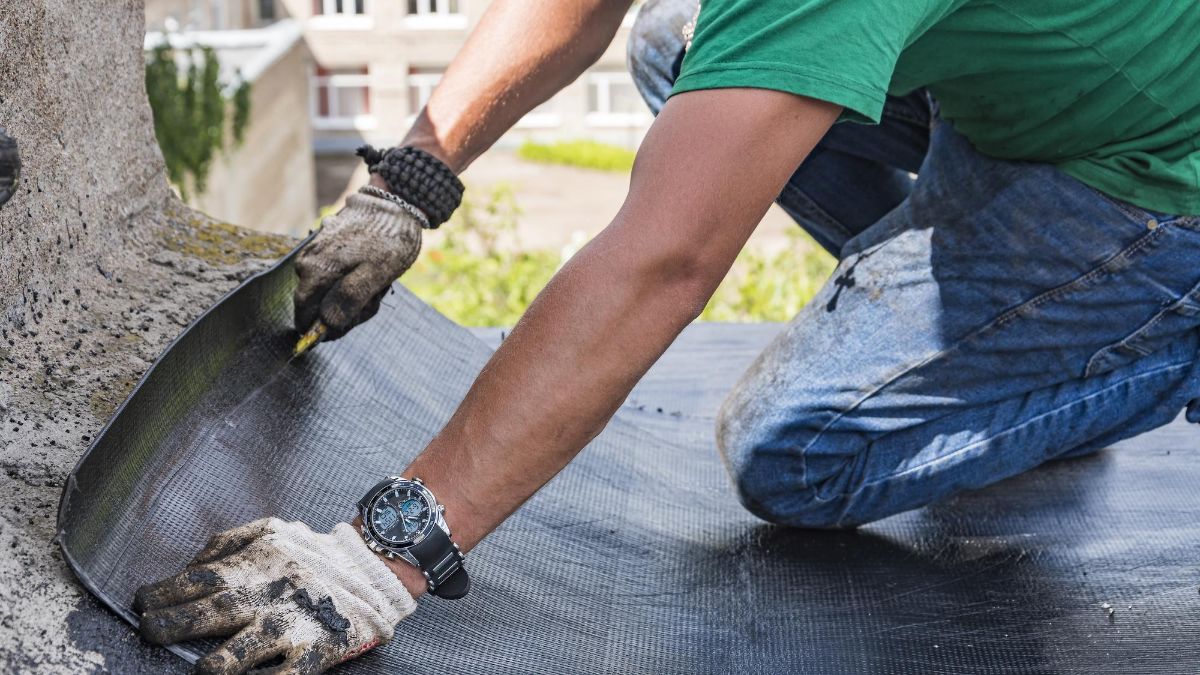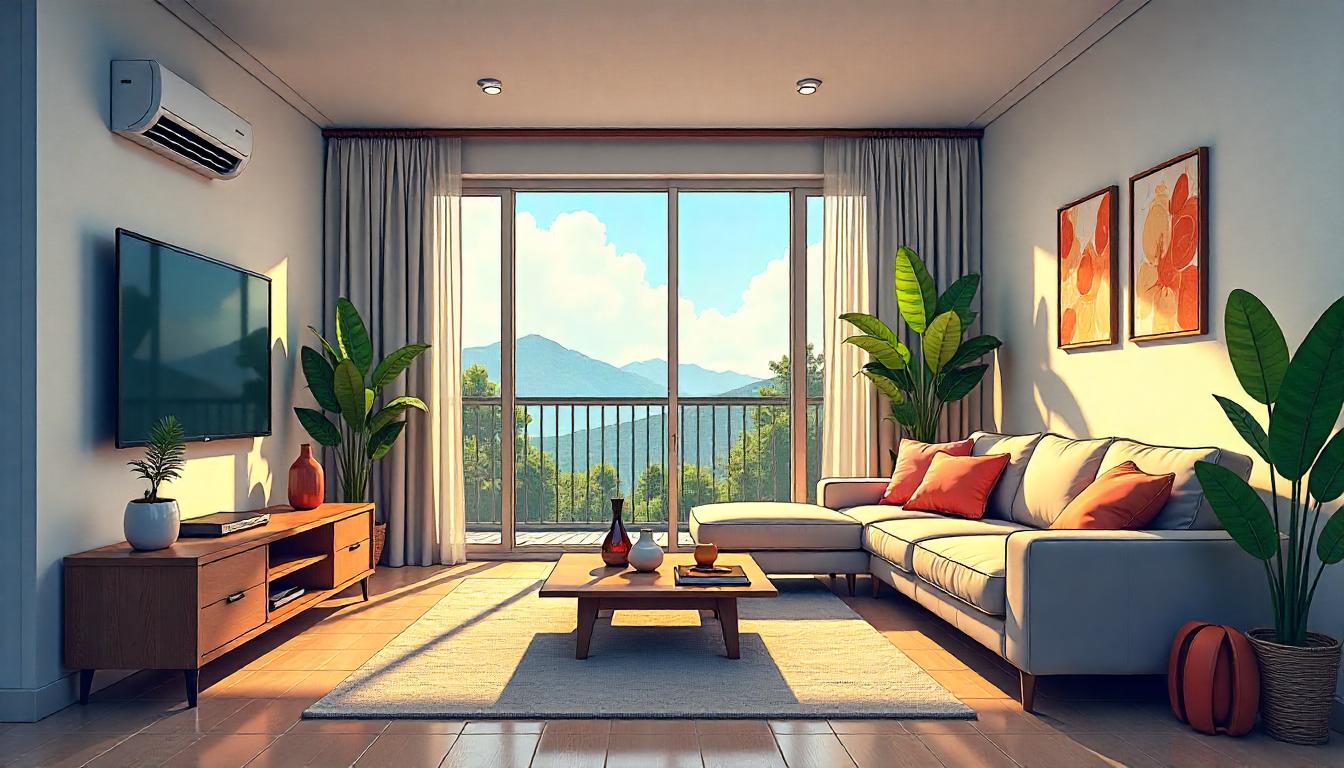
Waterproofing is a crucial aspect of home maintenance that every homeowner should prioritize. It protects your property from water damage, enhances longevity, and ensures a safe and healthy living environment. To effectively waterproof your home, you must be familiar with various materials to keep moisture at bay.
This article will explore ten essential waterproofing materials that every homeowner should know. Working with trusted brands or companies, such as Bayset waterproofing materials, is best. Whether tackling a new construction project or renovating an existing space, these materials will help you safeguard your home against water infiltration and its potential consequences.
Exterior Waterproofing Membrane
Exterior waterproofing membranes prevent water from seeping into your home’s foundation. Typically made of high-density polyethylene (HDPE) or rubberized asphalt, these membranes are applied to the exterior walls during construction or renovation.
They create a barrier against water penetration, directing it away from the foundation. This crucial material helps protect your basement and crawl spaces from leaks, dampness, and potential structural damage.
Liquid Rubber Coating
Liquid rubber coatings provide a seamless and highly flexible barrier against water intrusion. They form a durable and waterproof layer when applied to various surfaces, such as concrete, wood, or metal.
Liquid rubber coatings are often used for roofs, balconies, decks, and foundations. They are resistant to ultraviolet (UV) rays and can withstand extreme temperature variations, ensuring long-lasting protection for your home.
Waterproofing Concrete Admixtures
Waterproofing concrete admixtures are added to the concrete mixture during construction, enhancing its resistance to water absorption and preventing moisture-related issues. These admixtures reduce the size and number of capillary pores in the concrete, minimizing water penetration.
By incorporating them into your concrete projects, such as foundations, retaining walls, or basement floors, you can significantly improve their waterproofing capabilities and reduce the risk of cracks and leaks.
Bituminous Membranes
Bituminous membranes, commonly known as asphalt membranes, are widely used in waterproofing applications. They consist of a combination of asphalt, polymers, and reinforcement materials.
Bituminous membranes are available in various forms, including self-adhesive sheets, torch-applied membranes, and hot-mopped membranes. They are particularly effective for flat roofs, providing excellent waterproofing and UV resistance.
Additionally, bituminous membranes are durable, making them suitable for areas with high foot traffic or potential exposure to mechanical stress.
Polyurethane Sealants
Polyurethane sealants are versatile waterproofing materials that offer excellent adhesion and flexibility. They are commonly used to seal joints, cracks, and gaps in various surfaces, including concrete, masonry, and metal.
Polyurethane sealants form a durable, elastic seal that can withstand movement and expansion caused by temperature fluctuations. They are ideal for sealing windows, doors, roof penetrations, and other areas prone to water infiltration.
Waterproofing Paints and Coatings
Waterproofing paints and coatings provide a protective layer to surfaces, preventing water from seeping through. These specialized paints contain additives that create a waterproof barrier upon drying. They are typically used on interior and exterior walls, basement walls, and masonry surfaces.
Waterproofing paints and coatings not only protect against moisture but also enhance the aesthetics of your home. Some products also offer mold and mildew resistance, ensuring a healthier indoor environment.
Bentonite Clay
Bentonite clay is a natural and environmentally friendly waterproofing material. When hydrated, it forms a dense, impenetrable barrier that prevents water from penetrating foundations or structures.
Bentonite clay is often used in below-grade waterproofing applications, such as foundation walls, elevator pits, and tunnels. It can be applied as a clay slurry or incorporated into geotextile panels and then installed against the wall surface. Bentonite clay provides long-lasting waterproofing protection and can self-heal minor cracks that may occur over time.
PVC Waterproofing Membranes
PVC (polyvinyl chloride) waterproofing membranes are synthetic materials widely used in construction. These membranes are available in various thicknesses and can be heat-welded to create a seamless and durable barrier against water infiltration.
PVC membranes are commonly used for flat roofs, green roofs, and underground structures. They are resistant to chemicals, UV radiation, and root penetration, making them an excellent choice for long-term waterproofing solutions.
Drainage Boards
Drainage boards facilitate proper water drainage away from your home’s foundation. These boards are typically made of plastic or geocomposite materials and feature a pattern of studs or dimples that create an air gap between the foundation wall and the backfill.
The air gap allows water to flow downward and away from the foundation, reducing hydrostatic pressure and the risk of water infiltration. Drainage boards are commonly used with other waterproofing materials for optimal results.
Sump Pump Systems
While not a material per se, sump pump systems are essential components of a comprehensive waterproofing strategy. They help remove accumulated water from basements or crawl spaces, preventing flooding and water damage.
Sump pumps are installed in a pit or basin, where water is collected and pumped away from the building. They have a float switch that activates the pump when the water level rises above a certain threshold.
Conclusion
Understanding and utilizing suitable waterproofing materials is crucial for protecting your home against water damage. Whether you are constructing a new property or renovating an existing one, incorporating these essential materials into your waterproofing strategy will enhance the longevity and durability of your home. Each material uniquely safeguards your property from the potential hazards of water infiltration, from exterior membranes and liquid rubber coatings to polyurethane sealants and drainage boards. Invest in proper waterproofing measures, and you’ll enjoy a dry, comfortable, and secure home for years.




